Living Organisms have common features or behaviours refered to as characteristics which sets them apart from other things that are not living.
Listed below are the characteristics of living organisms. First write down the description for each characteristic and then click on the Characteristic to reveal the text as you compare with what you had noted down.
Excretion

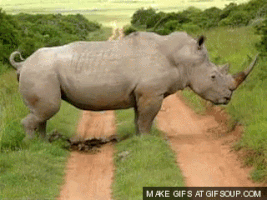
When living organisms take in nutrients and use them, the by-products and leftovers are known as waste products.
Excretion is the removal of metabolic wastes from the body.
Substances like urea, carbon dioxide (Carbon (IV) oxide).
These substances are poisonous if allowed to accumulate in the body.
Gaseous exchange
This is the process through which respiratory gases Carbon (IV) Oxide (CO2) and Oxygen (O2) are taken in and out through a respiratory surface. 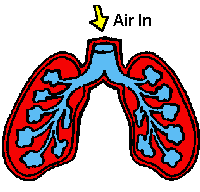
Organisms exchange essential gases, Oxygen and Carbon (IV) oxide) in the air to necessitate respiration.
Nutrition
- Is the processes by which food/nutrients are acquired/made and utilized by living organisms.
- Green plants and certain bacteria make their own food.
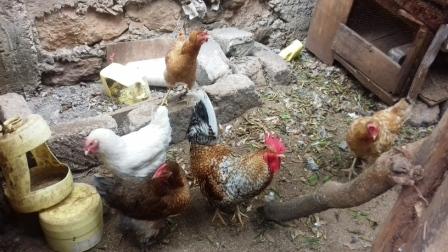
- All other organisms feed on complex organic materials.
Respiration
This is the process through which respiratory gases Carbon (IV) Oxide (CO2) and Oxygen (O2) are taken in and out through a respiratory surface.
Organisms exchange essential gases, Oxygen and Carbon (IV) oxide) in the air to necessitate respiration.
Reproduction
is giving rise to offspring similar to self. Its necessary for perpetuation of species.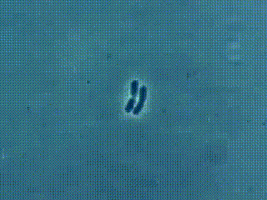 see above how the bacteria reproduce by asexual reproduction by dividing rapidly.
see above how the bacteria reproduce by asexual reproduction by dividing rapidly. Movement
It’s the ability to move part of or the all body in response to changes within the environment. Movement in plants is restricted to parts of the body..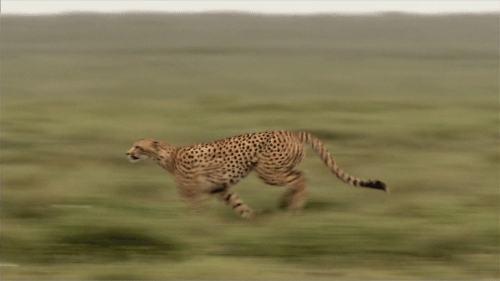
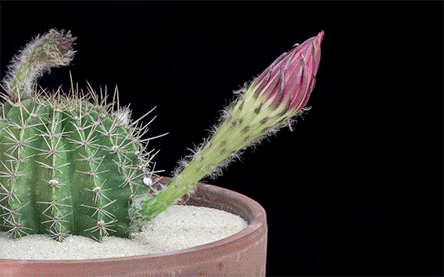
Irritability
- Responding to changes in the environment. It enables the organism to improve its chances of development.
- The ability of organisms to detect and respond to changes in the environment. This is of great survival value to the organism.
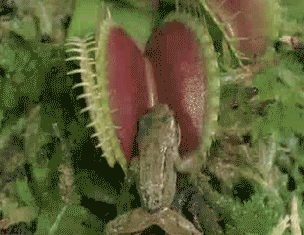
Growth and development
Growth means irreversible change in size.

All organisms increase in size that is, they grow.
growth results in permanent change in an organisms body size.
It is caused by an increase in the number of cells.
Development is change is structure and function of an organism.
Development is irreversible change in complexity.
As they do so, they also become differentiated in form
This is necessary for maturation to take place